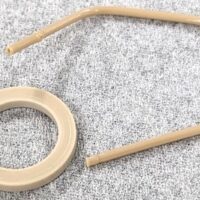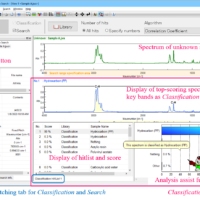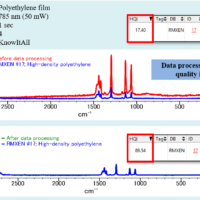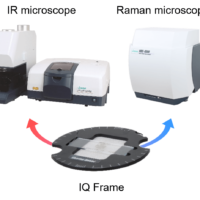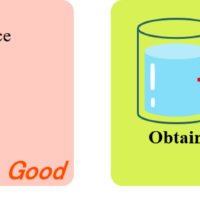Introduction
Polymer films such as polypropylene (PP) and Polystyrene (PS) are often utilized as standard samples. However, since they are films, interference patterns are often observed. By analyzing the interference pattern, we can acquire useful date such as the thickness and refractive index of the film. On the other hand, the interference pattern hides the small peaks, and affects the analysis of the polymer film spectrum. JASCO has an optional software that eliminates interference patterns for its FTIR series (Wave Function, FFT filter). And interference patterns can also be eliminated by following sampling and measurement procedures.
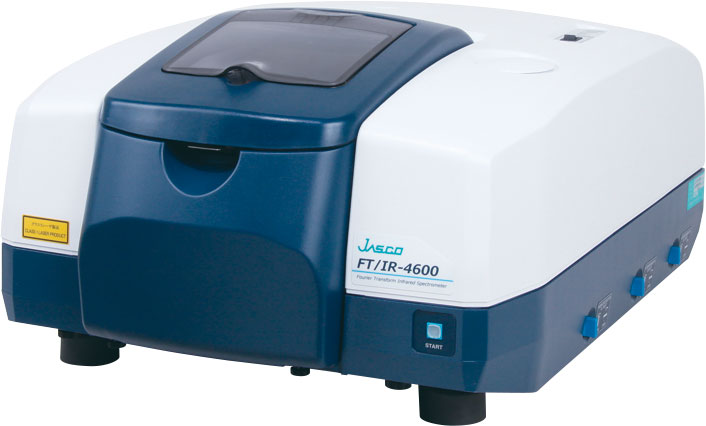
FT/IR-4600 FTIR spectrometer
Procedure
A specular reflection method, which is used for measuring the reflectance spectra of thin films or coating material substrates, is good tool to eliminate the interference patterns. Actual measurement using the Infrared Reflection Accessory is as below.
Polystyrene films is set on this accessory, and a mirror is placed on the sample with its reflective surface facing down, such that the mirror and film are touching lightly (Figure 1).
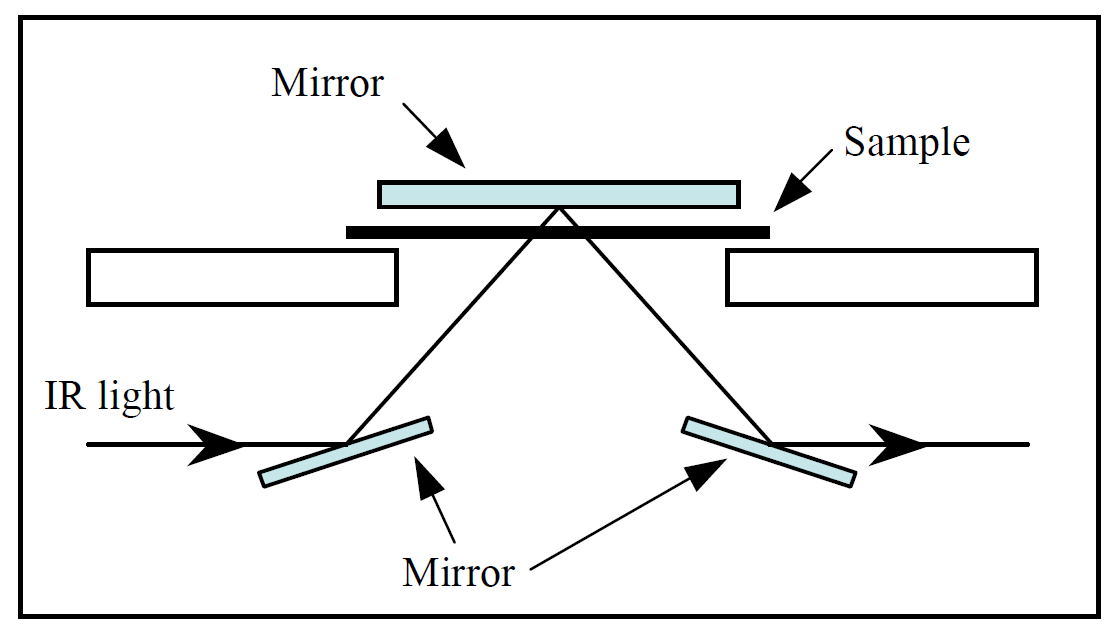
Figure 1. Position of additional mirror
Figure 2 shows the measurement result of polypropylene by using specular reflectance method. The spectrum of the mirror only was used as the reference. This procedure could provide an interference-free spectrum.
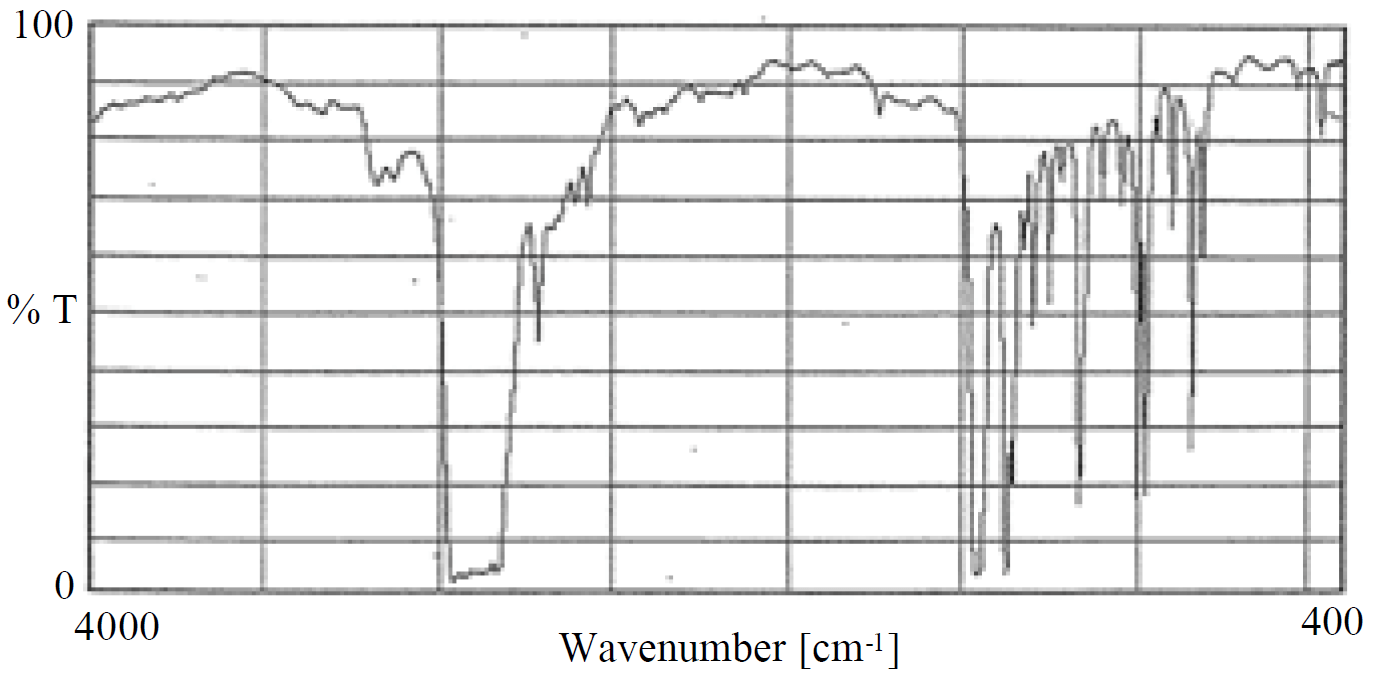
Figure 2. Interference-free spectrum of polypropylene
Principal
The incident light reflects in polymer film several times, and outputs as transmitted and reflected light (Figure 3).
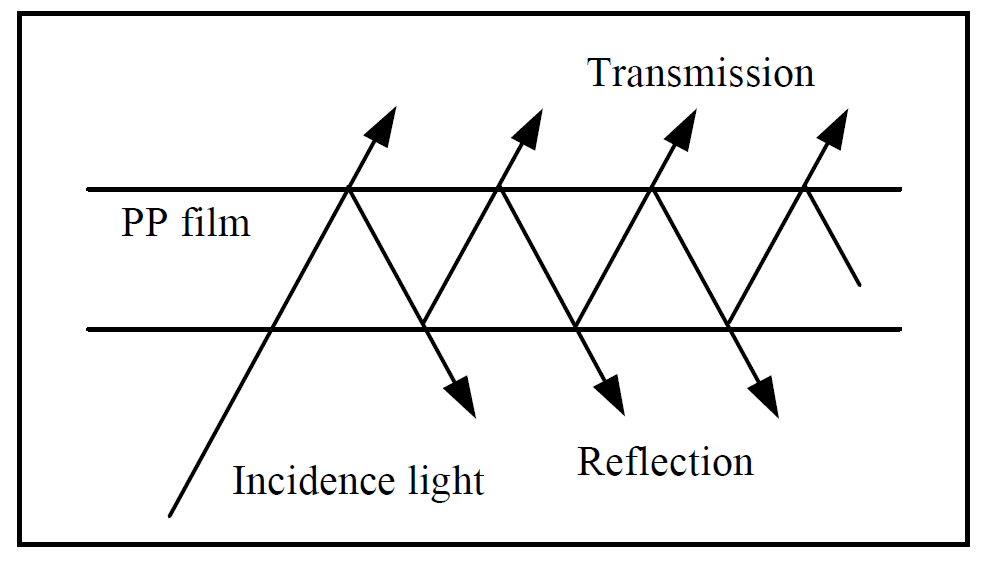
Figure 3. Light pass of film
Figure 4 shows both the transmittance spectrum and the reflectance spectrum of the PP film. The transmittance spectrum was acquired using a beam measuring ø14 in diameter. The reflectance spectrum was measured using the procedure described for Figure 1, but without attaching the mirror.
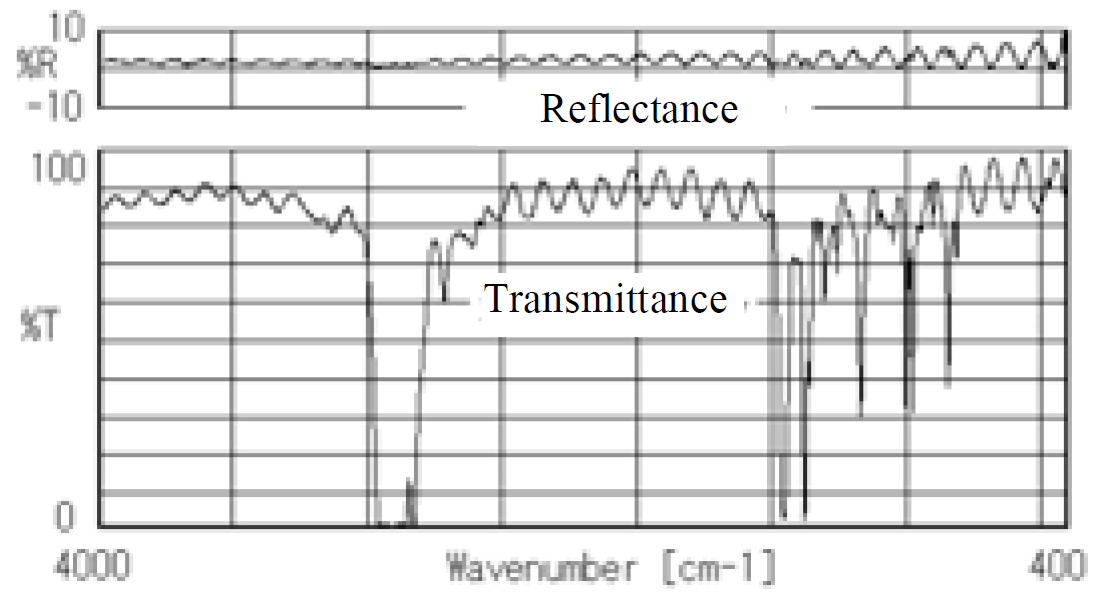
Figure 4. Reflectance and Transmittance spectrum of PP film
The interference pattern in each of these spectra could be observed, and the pattern in transmittance spectrum was shifted by a half period from the one in reflectance spectrum. It means that the film thickness makes the phase shift of interference pattern. Therefore, adding the interference pattern in reflectance spectrum to the one of transmittance spectrum can cancel itself, and can be achieved by the mirror.
Note
This method can improve the signal intensity twice because the light is reflected by the mirror. Therefore, this technique is effective to analyzing the small peaks in the spectrum.
References
1) P.J.FARRINGTON, D.J.T.HILL, J.H.O’DONNELL and P.J.POMERY, Suppression of Interference Fringes in the Infrared Spectra of Thin Polymer Films, Applied Spectroscopy, 1990, Vol. 44, No. 5, 901-903

